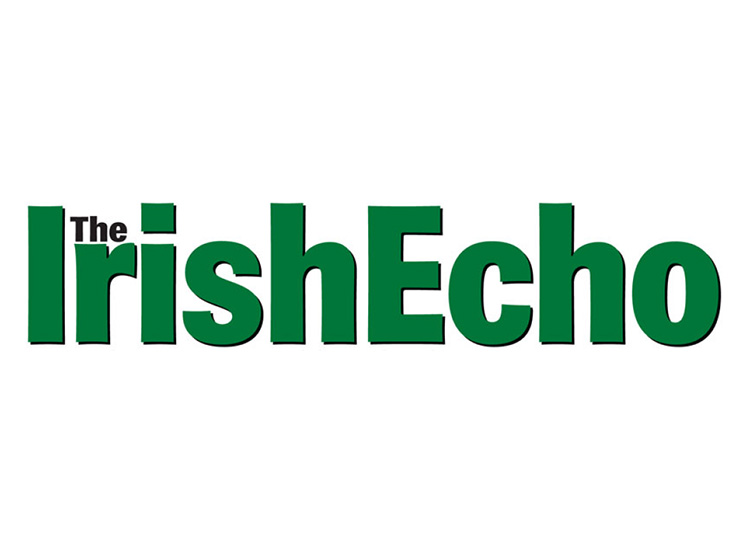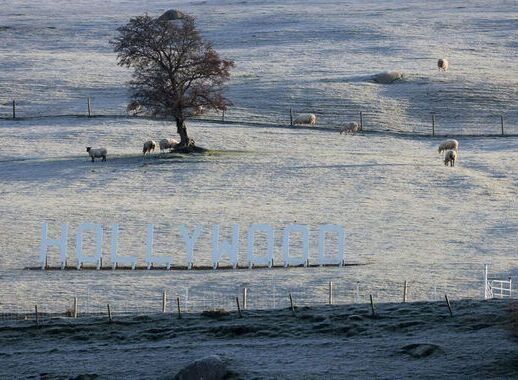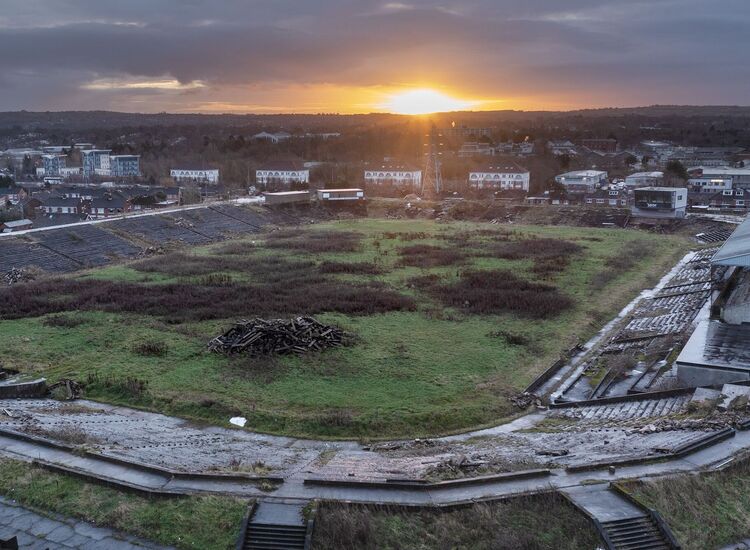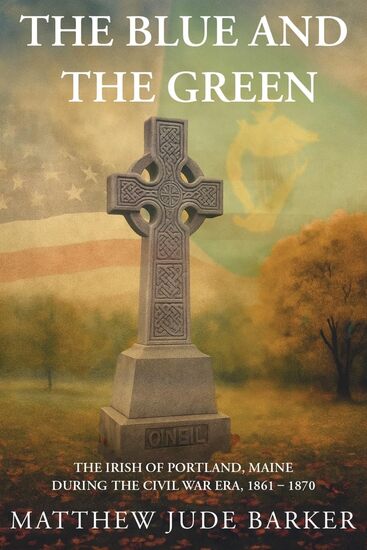By Daniel Neely
John Kerr is a Virginia-based flute player and a dancer well known to the Washington DC scene (and beyond) who has just published “Music in the Glen: The Washington DC Irish Folk Festival 1977-2000.” It is his second book exploring the greater DC area’s Irish music scene in historical perspective and the first to focus exclusively on the Washington Irish Folk Festival, with which he was involved for 15 years. Over that decade and a half he wore many hats (including volunteer coordinator, program committee member, program chair and director) that give him unusual insight not only into how the festival was run but also into the politics that surrounded it. He’s taken this insight and produced a remarkable, important book that will not only appeal to the Irish community, but to anyone interested in how music festivals happen.
From 1977-2000, the Washington Irish Folk Festival was one of America’s premier Irish music & dance events. Held at Glen Echo Park, Glen Echo, Md., from 1977-1992, Wolf Trap Farm Park for the Performing Arts in Vienna, Va., from 1993-2000, and then finally at the Montgomery County Fairgrounds, Gaithersburg, Md. from 1998-2000, it showcased virtually every Irish musician of note in the United States and Ireland and it is not hyperbole to state that “everyone” played there at one point or another. Nor would it be incorrect to say that it claimed more than its fair share of magical moments.
Kerr addresses many of these, beginning with the grand return of Joe Derrane to the public eye (an event that was quarterbacked by Earle Hitchner, the Echo’s longtime traditional music writer). Trad fans will delight in reading vignettes about their favorite musicians and bands, including (but not limited to) Mick Moloney and Green Fields of America, Cherish the Ladies, Dervish, Danú, the Tulla Céilí Band, Solas (and the Chanting House!), Lúnasa, Seamus Connolly, Kevin Burke, and a range of young “Next Generation” performers including Jesse Smith, Brendan Callaghan, Matt Mulqueen, Pat & Sean McComiskey, Pat Mangan, Elliot Grasso, and Lily Neill. There is also a chapter that focuses on the many National Heritage Fellows the Irish music community can boast of.
But the book’s meat lies in the great insight Kerr gives us into the context out of which the festival emerged and the internal machinations that sustained it over the years. We learn, for example, about the impact of the 1976 Festival of American Folklife, groups like the Folklore Society of Greater Washington and the Irish Cultural and Folklore Society, the relationship (or lack thereof) between the Washington Folk Festival and the Washington Irish Folk Festival. He covers the importance and influence of the National Endowment for the Arts and the National Parks Service, the formation and work of the Greater Washington Ceili Club, the National Council for the Traditional Arts, places like Kelly’s Irish Times, the impact of bands like the Irish Tradition and Celtic Thunder, Wendy Newton and the rise & fall of the Green Linnet record label, and the role Fiona Richie had in the early 1990s in helping the festival to a greater international prominence.
Another thing the book does well is explore how programming occurred. He not only discusses the politics that structured some of the festival’s early programming philosophy, but in the process illustrates how dramatically times have changed in terms of visiting artists and the ease with which visas are secured. (It makes an interesting comparison to Milwaukee Irish Fest’s highly recommended blog post “Disincentives for Foreign Artists Performing in the United States” (tinyurl.com/IrishDisincentives), which every fan of traditional music should read.
“Music in the Glen: The Washington DC Irish Folk Festival 1977-2000” is an extremely interesting and nicely done book that covers a fascinating time in Irish America’s music history that is recent enough for many to remember but far enough ago to have fallen just out of mind. Kerr covers a lot of bases in an accessible way and is very even handed with his research, and appears to have supported his various memories and claims with documentation. Ultimately, this book is a must-read for anyone interested in traditional music, especially those who ever played or attended the festival (which unfortunately, I never did). As a case study on a great American festival it should have broader appeal because it really does a fine job looking at how festivals on this scale come together from all angles. Very highly recommended. Kerr’s “Music in the Glen” is available through amazon.com.
Daniel Neely writes about traditional music each week in the Irish Echo.








